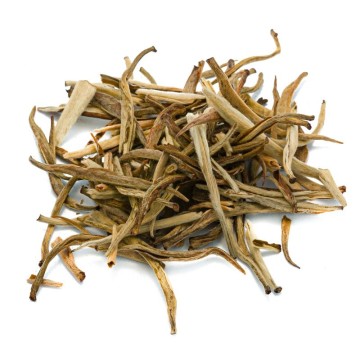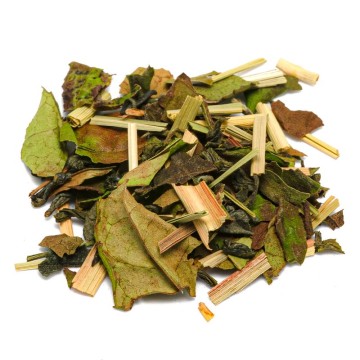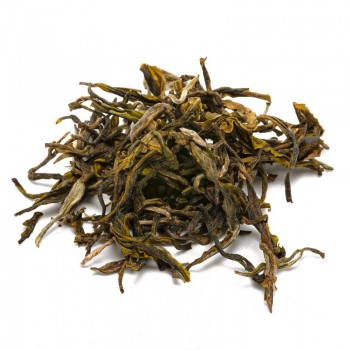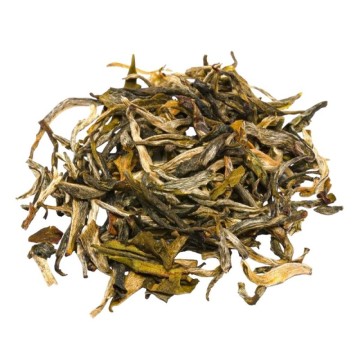Precious and appreciated for its unique taste, this spring white tea comes from the Chinese tradition of white teas. They are produced with low oxidation to maintain the flavor properties of the bud and the first two leaves. What does Pai Mu Dan white tea taste like? Its taste profile is refined, delicate but complex, often described as slightly more decisive and full, compared to other white teas. It gives a balanced blend of fruity, floral and slightly sweet notes. The natural sweetness is also combined with vegetal nuances, final notes of fresh hay that make this tea a precious experience. In terms of aroma, Pai Mu Tan tea releases an intriguing soft and floral bouquet in the infusion, with notes of honey and a light hint of earth. The infusion of Peonia tea is perfect at any time of the day. The large leaves offer a pleasant and meditative break, an elegant tea time perfect for connoisseurs.
What are the benefits of Pai Mu Tan white tea?
Like other white teas, this infusion is rich in antioxidants, especially catechins, present in high concentrations. Antioxidants are compounds that help fight free radicals in the body and their damage to our body. The high content of antioxidants and polyphenols in Pai Mu Tan tea also helps strengthen the immune system.
This white tea contains a lower dose of caffeine than other types of tea (the exact levels of caffeine may vary depending on the infusion time and water temperature). However, it can help stimulate the nervous system for better concentration and attention throughout the day. In addition, Pai Mu Tan contains theanine, an amino acid known for its properties that promote relaxation and help reduce stress. The balance between theanine and caffeine makes this tea a perfect choice for a relaxing tasting.
Thanks to its caffeine and catechin content, white tea can help manage weight by increasing metabolism by acting on fat metabolism. It also promotes diuresis against water retention and bloating. The naturally sweet taste of white tea, within a balanced diet, represents a healthy alternative to sugary drinks. In general, white tea encourages proper digestion by promoting intestinal transit and the development of healthy bacteria. Furthermore, it contains mineral salts that are beneficial for our body.
Where to find Pai Mu Tan white tea
This is a fine tea, not easy to find in normal supermarkets. It is available in the Natura d'Oriente selection, among the best white teas for sale online, loose and ready for home delivery. Pai Mu Tan loose leaf tea is available in 25g, 50g, 75g, 100g, 150g packs.
How to steep white tea?
To bring out the best in Pai Mu Tan tea, it is essential to use water at a temperature of around 70-80 °C. Boiling water could ruin the flavour of this white tea, making it bitter and astringent. Place about 3-5 grams of the mixture in a cup (250 ml) and then pour the water into the cup.
How long should white tea steep? In the case of Pai Mu Tan, it is usually 2 to 3 minutes - a short steeping time to preserve its delicate flavours. In China, Pai Mu Tan leaves are steeped several times, for two or three cups, in order to experiment with all the nuances of the flavour profile and evaluate which one is preferred. It can be enjoyed as an iced tea, letting it cool before serving it with ice in the iced tea version.
Where does Pai Mu Tan white tea come from
The cultivation of Camellia sinensis, the tea plant, had been widespread in China for centuries when this refined white tea began to be produced. Pai Mu Tan (or Bai Mu Dan) was historically produced in the Fujian province, and soon passed to the tea-growing regions of Fuding, Zhenghe and Jianyang. This tea is also called White Peony due to the shape of the leaves, which is surprising for its resemblance to the petals of the peony flower. The young buds and the first two leaves of the tea plant are collected in spring (March or April), with a selection made by hand to ensure the highest quality. The collection presents a combination of silvery buds and green leaves, which are then subjected to a processing process.
They undergo a minimal oxidation process, as is traditional for white teas. The leaves and buds are laid out to dry naturally in the sun (or in controlled indoor environments), in order to lose moisture and trigger enzyme reactions. In this way the tea can develop its aroma and preserve its delicate flavors. Finally, the leaves are dried to stop oxidation, maintainingthe freshness of white tea. In general, white teas are not rolled, they are treated delicately. Why is it called white tea? Tea leaves processed according to this tradition still show the light hairs that surround the buds, which led to this name. In particular, Pai Mu Tan is affected by its appearance that recalls the white peony flower. In addition, these teas release a clear infusion, with an elegant appearance.
White tea Pai Mu Tan side effects
White tea leaves all contain a small amount of natural caffeine, however it is necessary to pay attention to its presence and avoid high doses of this infusion. The side effects of caffeine can be harmful in excessive quantities: agitation, diarrhea, difficulty sleeping, accelerated heartbeat, headache; heartburn, acidity and gastric reflux in sensitive people. The amount of caffeine contained in the cup of tea depends in part on the preparation method. It is recommended to use water at 70-80 °C and to prepare a short infusion, to release less caffeine from the leaves.

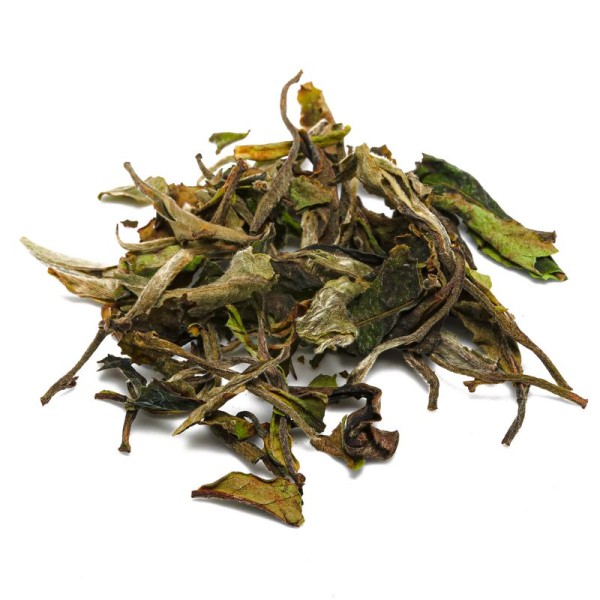









 No reward points for this product.
No reward points for this product.
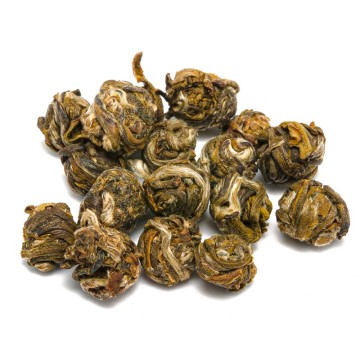
![tea white orange spices [Natura d'Oriente]](https://www.naturadoriente.com/3364-home_default/white-tea-orange-and-spices.jpg)
